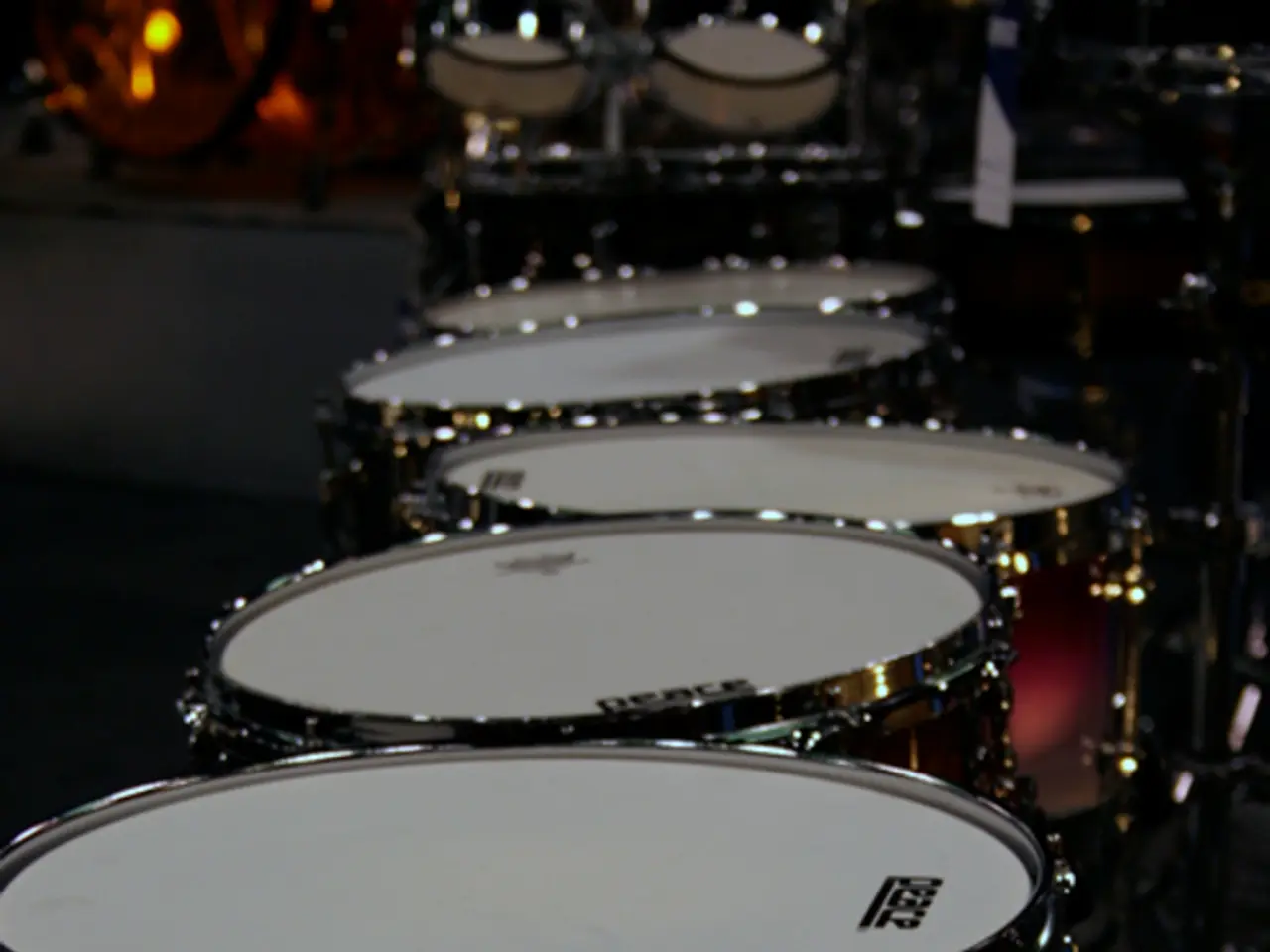Robotic device crafts pizzas, bolstering autonomy for people with disabilities
A groundbreaking development in robotic technology has been unveiled, transforming the way robots interact with objects of various sizes and textures. The key to this innovation lies in a hybrid gripper that combines a rigid base with a soft, bubble-like fingertip, equipped with switchable adhesives.
This unique design offers several advantages. The rigid base provides sturdy support for lifting heavier and larger objects, while the soft, bubble-like fingertip offers gentle, conformal contact with irregular or delicate surfaces, improving grip on small or fragile items. The switchable adhesives on the fingertip enable temporary gripping and releasing, allowing the robot to securely hold objects without damaging them and then easily let go when needed.
This system is integrated with artificial intelligence and joystick input, enabling it to interpret user intent and execute complex, real-world tasks like cooking. Additional advancements include integrated torque sensors in robotic arm joints for real-time, low-latency force feedback, and vision systems and force feedback loops that enhance object recognition, pose estimation, and adaptive manipulation for various object shapes and textures.
The ultimate goal of this project, backed by over $600,000 in funding from the National Science Foundation, is to create robots that can pick up any sort of object, aiding people with disabilities in their day-to-day tasks. Graduate students Maya Keely and Yeunhee Kim played a crucial role in refining the coordination system between the human and the robot.
The robotic arm, developed by engineers at Virginia Tech, has been tested on a variety of tasks, including building an ice cream sundae and a pizza. While it successfully constructed a pizza, crust, sauce, and toppings in sync with a human partner, it initially struggled with sprinkles and marshmallows due to their small size and irregular shape. However, the introduction of the new design allowed the robot to handle these items during the ice cream sundae task.
The team's long-term vision is to enable robots to help people make meals or prepare desserts, such as sundaes. They aim to improve the robotic arm's ability to handle delicate and irregular objects, ultimately enabling people with disabilities to prepare their own meals, enhancing their independence and quality of life.
The study detailing this innovative development has been published in the journal Soft Robotics. This breakthrough in robotic technology is set to revolutionize the way people with disabilities perform everyday tasks, offering them greater independence and a higher quality of life.
- The innovative hybrid gripper in this groundbreaking robotic technology, developed by engineers at Virginia Tech, combines the fields of mechanical engineering and robotics, contributing to advancements in science and technology.
- The integration of artificial intelligence and switchable adhesives in the robotic arm not only enhances its mechanical capabilities but also opens up opportunities for health-and-wellness applications, such as assisting people with disabilities in their daily lives.
- This $600,000 NSF-funded project, which aims to create robots that can pick up any object, marks a significant step forward in the realm of innovation, potentially transforming the science of robotics and the health-and-wellness sector.




